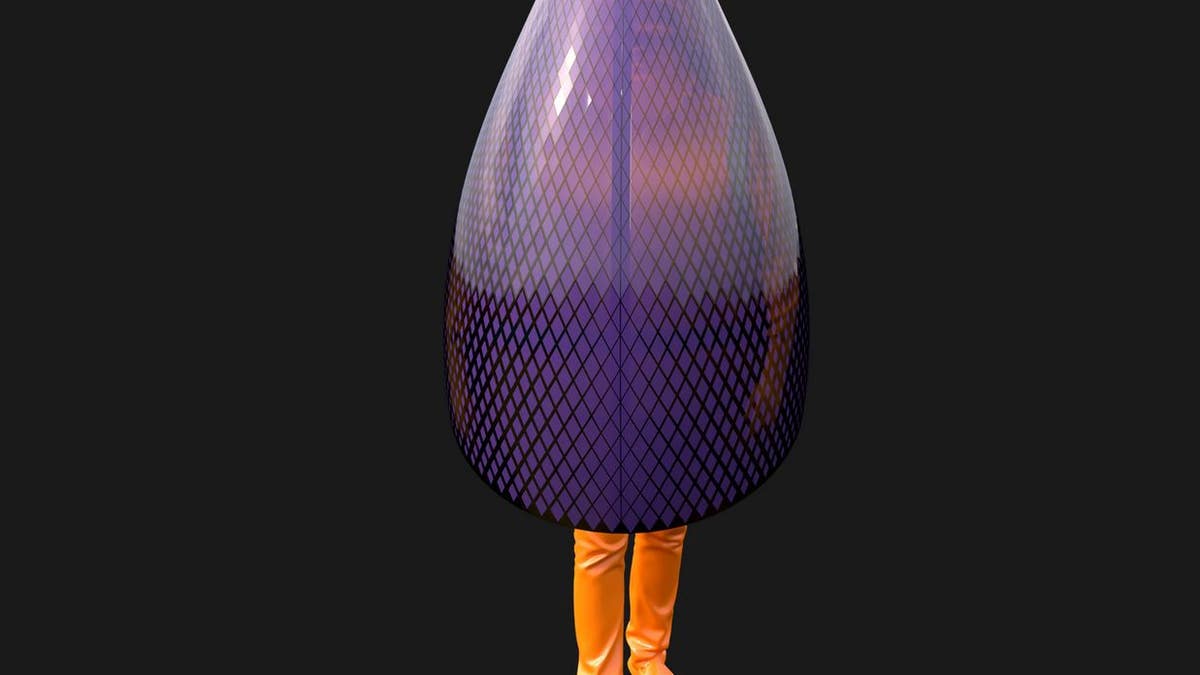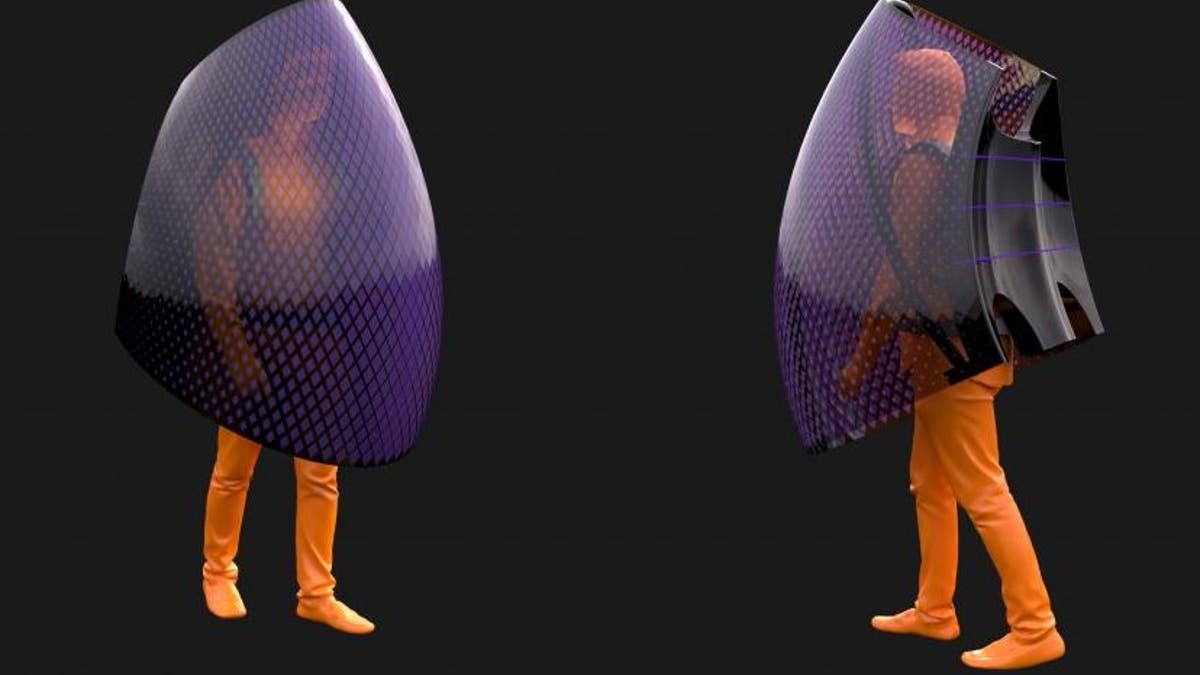Fox News Flash top headlines for March 3
Fox News Flash top headlines are here. Check out what's clicking on Foxnews.com.
Talk about living in a bubble.
Chinese architect Sun Dayong has created a concept product that could protect a person from the novel coronavirus.
The idea is that a space-age-looking shield, named Be a Bat Man, would be for "people who are exposed to the dangerous situation during the coronavirus emergency," Dayong, who co-founded architecture studio Penda, told Dezeen.
It would be made of carbon fiber and shaped like bat wings -- hence the name -- and worn like a backpack.

Could this prototype protect you from coronavirus? (Sun Dayong/Penda)
How would it protect you from the spread of COVID-19?
"The ultraviolet radiation network on the surface of the device can heat up to sterilize the surrounding environment, turning contact a way to kill, rather than spread, the virus," according to a description on Penda's Instagram account.
The device is also foldable, but can open automatically, according to the architecture firm.
HELP PREVENT CORONAVIRUS WITH HAND SANITIZER: HOW TO MAKE YOUR OWN
"The coronavirus will be killed by temperatures of 56 degrees Celsius," explained Dayong. "The PVC film cover is like our car windshields – there are heater wire in between the glass for heat the ice and snow in the winter."
Contrary to Dayong's claims, scientists do not know whether warmer temperatures would, in fact, kill the virus.
According to the Centers for Disease Control and Prevention, the coronavirus is spread between people who are in close contact with one another (less than six feet) and through respiratory droplets produced when a person coughs or sneezes. "It may be possible that a person can get COVID-19 by touching a surface or object that has the virus on it and then touching their own mouth, nose, or possibly their eyes, but this is not thought to be the main way the virus spreads," the CDC states.
CLICK HERE FOR COMPLETE CORONAVIRUS COVERAGE

Images courtesy of Sun Dayong/Penda.
Current medical advice is to wash your hands regularly with soap and water and stay away from people who are sick.
Dayong told Dezeen that he hopes to find backers to turn his concept into a reality.
"But sure we still need to do lot of work with engineers for the real production," Dayong said.

